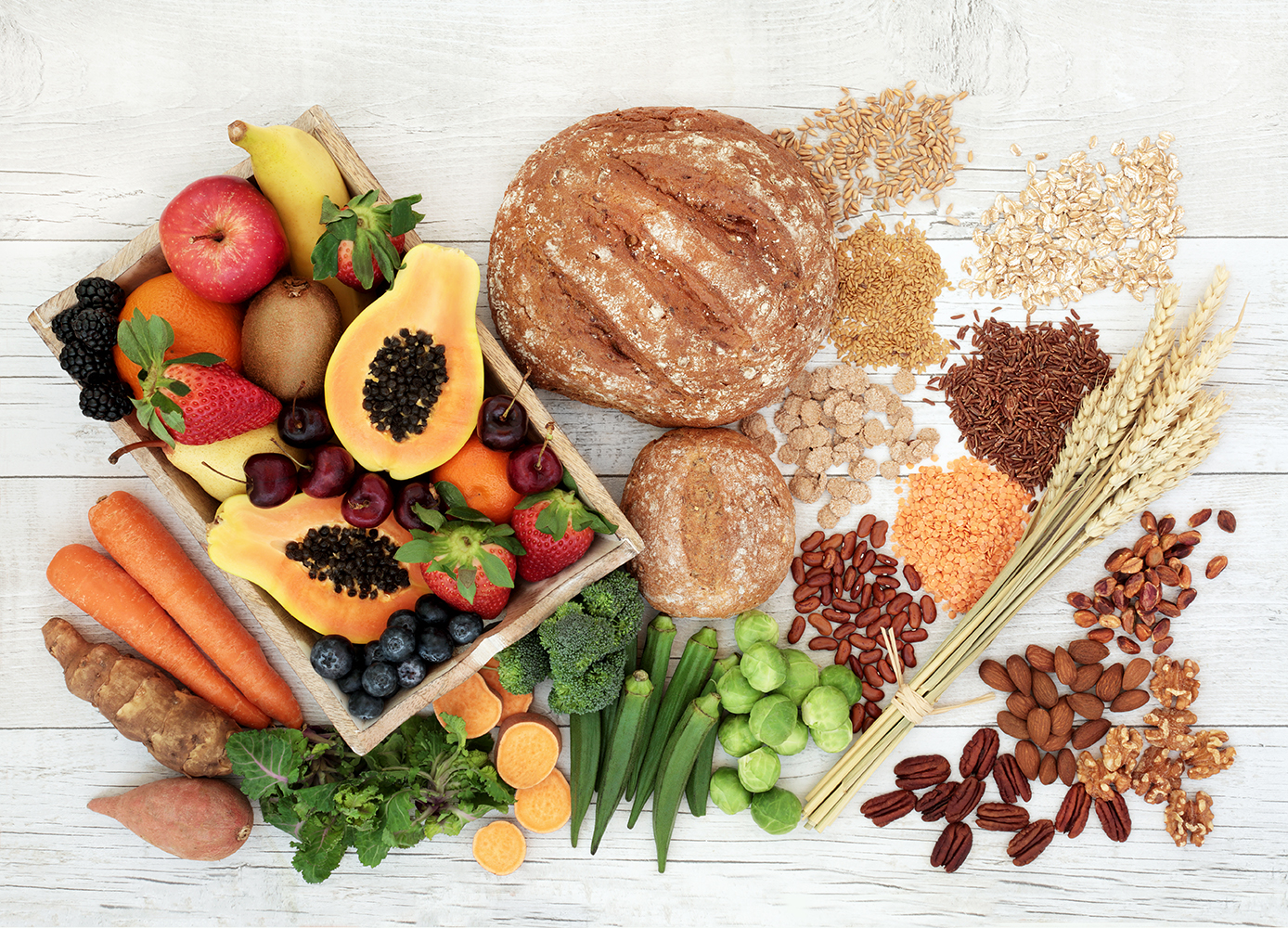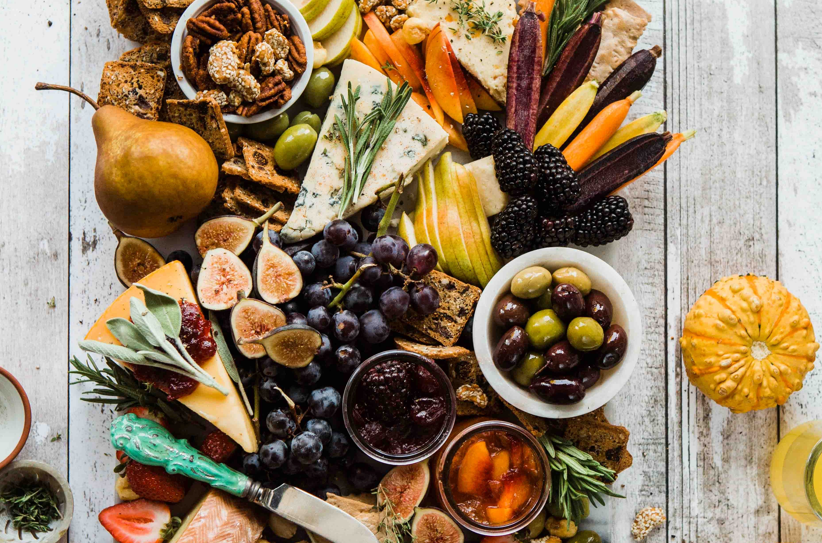Most Canadians aren’t getting enough fibre. Here’s how you can fix that
Foods rich in fibre are part of a healthy diet. Fibre will help keep you regular, lower your blood cholesterol level, and keep your weight under control. Yet most Canadians consume only half of the recommended amount.
Fibre is found in fruits and vegetables, nuts and seeds, whole grains, and legumes such as lentils and peas. Your body doesn’t digest the fibre you eat; instead, fibre moves though your body, cleaning you out and keeping you regular, and thus helping to protect against colon cancer and hemorrhoids. Fibre also makes you feel full longer, helping you lose weight since you’ll be less likely to consume an excess of calories. It can also reduce blood sugar and cholesterol levels.
Women need about 25 grams of fibre a day, while men are advised to get 38 grams a day. For folks over 50, those numbers drop to 21 for women and 30 for men. You can attain those goals with a few key changes to your diet. (Don’t forget to increase your water intake as you increase the fibre in your diet to prevent constipation.)
You can start by incorporating more whole-grain foods into your diet, since the more processed the grain is (as with white bread, for example), the less fibre it’ll have. The same goes for cereals. Opt for the whole-grain variety of bread, pasta, and cereals. Bran cereals, brown rice, and oatmeal are good sources, as well.
Those grains can be paired with servings of fruits or vegetables for a more complete meal. If you’re used to eating eggs and toast for breakfast, consider oatmeal mixed with fruits and mixed nuts instead. A smoothie will include several servings of fruits all at once and most breakfast diners have them on the menu. You could also snack on nuts and seeds between meals to stay energized throughout the day.
Adding more beans, lentils, and peas to your diet will help. Choose the bean burrito over the one with beef next time. If you’re making a hearty vegetable soup, include some lentils. If you like salads, rinse some chickpeas and add them.
If you’re unsure whether you’re adding enough fibre, remember to read nutritional labels while shopping—check the per cent daily value (%DV): for any nutrient, 5% DV or less isn’t much and 15% or more is a lot. Any food that has at least four to six grams of fibre per serving is considered “high fibre.”
Photo: iStock/marilyna.






